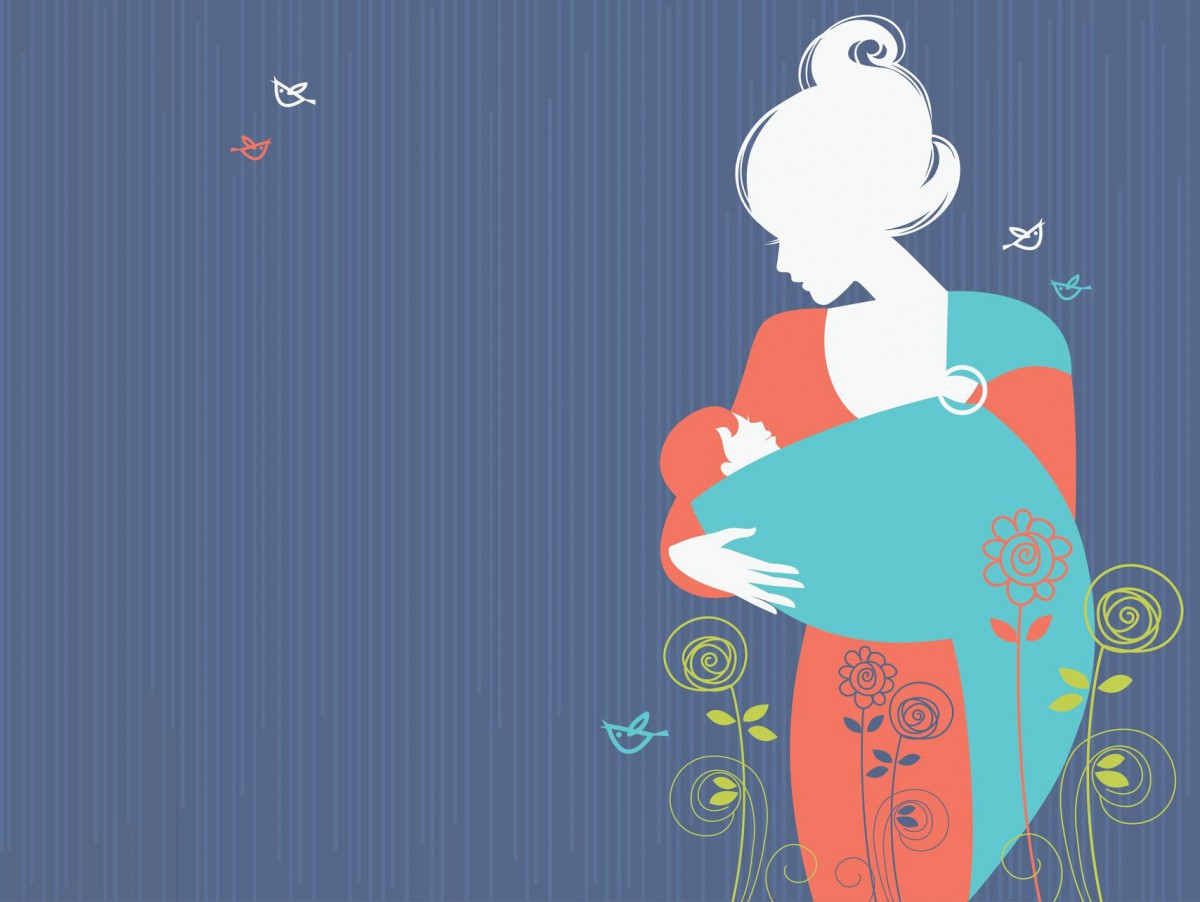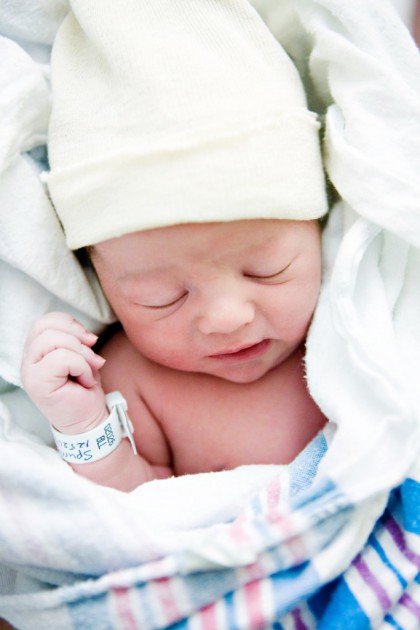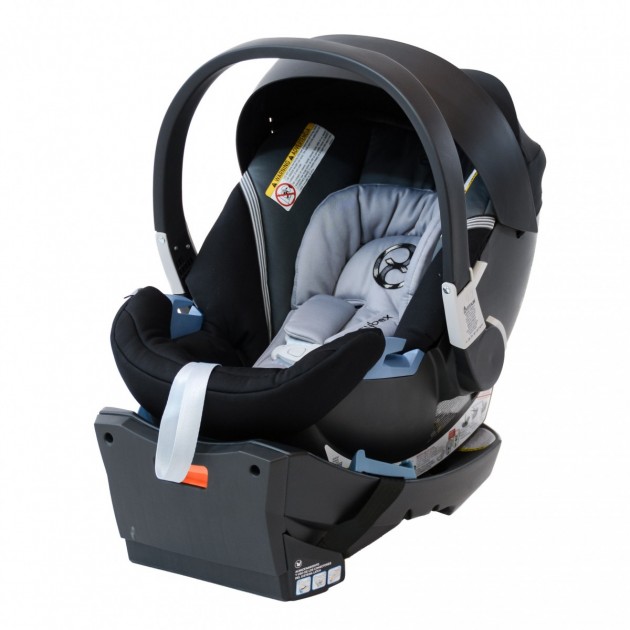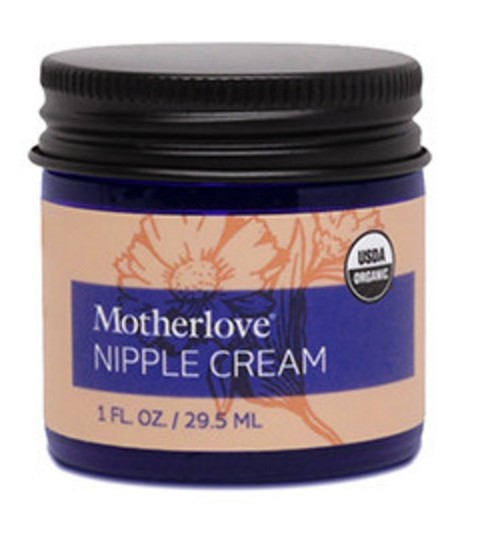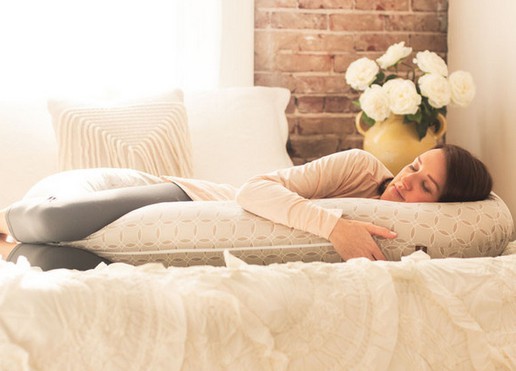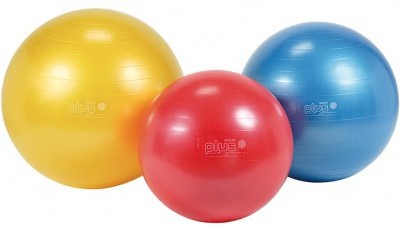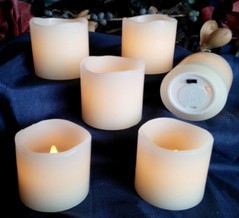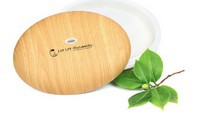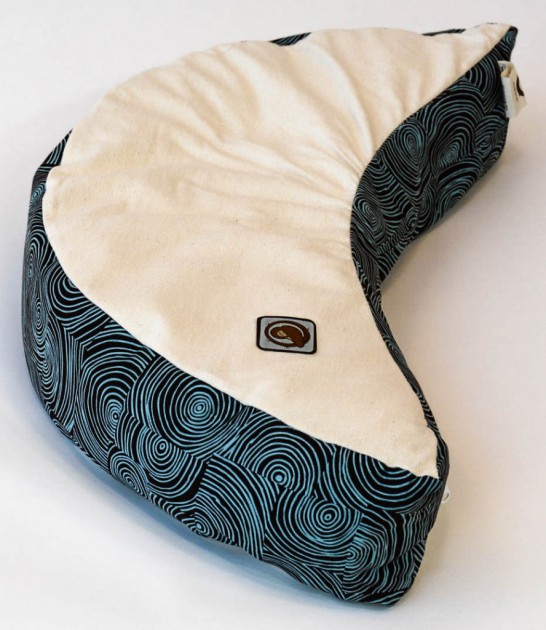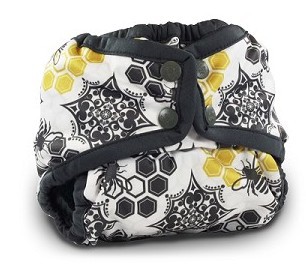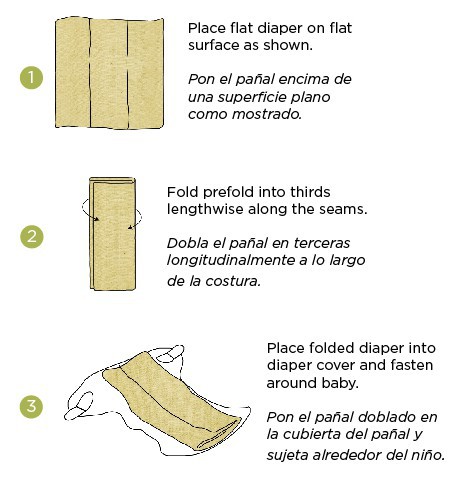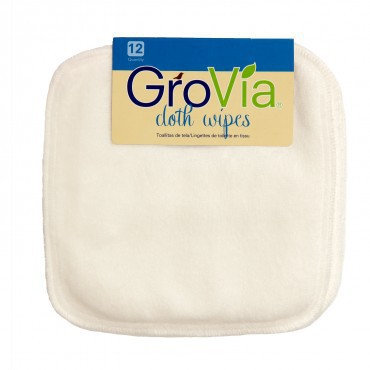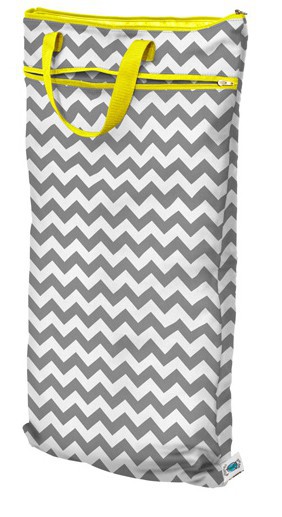Gather everything you need for your new baby can be one of the more stressful tasks during your third trimester. We think breaking the gear into stages based on age ranges can ease the process, starting with what you'll need in the hospital through the first year. You'll find general gear guidelines and helpful tips including favorite stuff personally selected by BabyGearLab's founder and board-certified pediatrician, Juliet Spurrier, MD. This article is long, but using the links at the right of the top photo, can let you go directly to the age/stage you are most interested in.
Baby Essentials by Stage
Here are the major baby stages you'll find in this article:
- In the Hospital With Baby
- In the Bubble at Home: 0 to 8 Weeks
- Early Infancy: 2 to 6 Months
- A Little Person: 6 to 12+ Months
For each stage, we break down the gear into two lists:
- Must-haves — These are the items we think are necessities and highly recommend
- Nice-to-haves — These are items that some parents find helpful but aren't 100% necessary
First, relax. You don't need much for the first three months.
If you are planning on breastfeeding, baby's most essential need will be provided naturally. In the beginning, nursing is a lot of work for mom and baby, so focusing on the basics of making mom gets enough fluids and nutrition for milk production and has the proper support to help with latch and breastfeeding ergonomics is incredibly important. With mom well cared for, baby's most basic building blocks are readily provided. Tack on newborn diapers, a few swaddle wraps and a bassinet, and you are good to go. Do the best you can to take care of the most basic stuff in the beginning, and the rest can trickle in slowly.
What you likely think you must-have is usually not a necessity, but more a nice-to-have. While there are differences of opinion regarding essential versus optional items, we break this down, so you can decide for yourself.
In the Hospital With Baby
There are a few things we recommend packing to have ready for your trip to the hospital, with some additional stuff you may want to consider. We will explain what we recommend specifically and why.
In Hospital Must-haves
There are only five items we consider must-haves for the hospital:
- Infant car seat — Most hospitals won't let you leave without an infant car seat, which you need by law if you are putting the baby in your car. The single most common cause of death in children over four years of age are car accidents. Fortunately, infant mortality (0 to 1 year) related to car accidents, has dropped dramatically in the last two decades thanks in large part to safety standards for rear-facing infant car seats. In fact, the American Academy of Pediatrics (AAP) recommends having your baby in a rear-facing car seat until they are at least two-years-old (longer if your car seat's listed weight and height maximum allow). Please refer to our Best Infant Car Seat Review for the full scoop on infant car seats, and our test results, including crash test result analysis.
We recommend avoiding All-in-One seats for infants. These so-called 4-in-1 style claims an age range of newborn to child. But, as we detail in our infant car seat review, we believe these products are a poor investment because they provide limited capability compared to products designed specifically with infant bodies in mind. Buy a quality infant car seat instead. You'll be glad you did.
- Baby's Going Home Outfit — The hospital typically dresses newborns in white long-sleeved kimono t-shirts that have built-in mittens. If you want your baby to go home in something different, you'll need at least one outfit that separates baby's legs for the infant car seat's 5-point harness crotch strap. We like options that offer coverage and comfort, like the Kissy Kissy Footed Pajamas.
- Personal Care Items for Mom — You'll need personal care items for your hospital stay. We recommend you include a toothbrush, toothpaste, face and body wash, shampoo and conditioner, lip balm, face and body lotion, and brush. If you need vision aids, be sure to include glasses, contacts, and contact solution. If you have hearing aids, don't forget extra batteries and a charger. We invite you to take a look at Dr. Spurrier's list of recommended personal care products for mom.
- Clothing for Mom — After your baby is born, you'll want to change from the hospital gown into comfy maternity clothes with a top that provides easy access for nursing. Button-down pajamas or sweatpants with a button-down shirt work well. Our recommendation for a great set of nursing PJs is listed in the nice-to-have section below if you want to splurge. The hospital will provide disposable maternity underwear, but it is helpful to have a few pairs of “grannie” cotton underwear on hand you don't mind getting stained. Also, because hospitals are chilly, cozy socks can keep your tootsies nice and warm. Also, slip-resistant slippers like the UGG Women's Ansley or slip-on shoes will be great for walking the halls during labor and postpartum. Last, a comfortable outfit like stretchy sweats for your trip home is essential. Your belly will probably look about six months pregnant after childbirth, so don't bother packing your pre-pregnancy clothes.
- Nipple Balm — Until your milk comes in, your baby is going to be latched onto you a lot! And, although we'd love to tell you breastfeeding is all sunshine and rainbows, the reality is that until you get the hang of things, nipple soreness can be common. Motherlove Nipple Cream is a naturally-based soothing balm that can be the ticket to keeping the gateway to baby nutrition intact and healthy.
In Hospital Nice-to-haves
There are other items you might want to bring to the hospital, but none are absolutely necessary. We'll walk through the items we think you might want to consider, organized by category, along with our take on why you might find them useful.
Labor and Birth
When packing your hospital bag, think about what you'd like to have during childbirth to be more comfortable. Whether for positioning, relaxation, hydration or light calorie bursts, there are things you may need or crave that you won't find at the hospital.
- Birth Plan — Though not essential, some mothers find that creating a birth plan for their delivery helps them feel more in control and less nervous. While having a birth plan can be helpful, it is important to be flexible during labor to avoid disappointment. Remember, a healthy mother and baby is the main goal.
- Water Bottle — Having an easy-to-use, large, insulated water bottle will help keep you hydrated. Plus, you'll be glad you have a reusable spill-proof vessel for thirsty labor. The Eco Vessel SUMMIT is a triple-insulated, stainless steel beauty available in 17 or 24-ounce sizes with a flip-straw spout and internal silicone straw.
- Gown — If you aren't a fan of the hospital-issued, open-back, gaping gowns, then you should consider a labor gown. These have multiple ties in the front and one at the back to keep you covered with necessary and convenient access to caregivers during labor.
- Pillow — It may feel like you are in the last stretch of pregnancy, but trust us, your desire to be comfortable during this process does not subside with labor. A budget-friendly top-ranked pregnancy pillow will be one you'll feel comfortable taking to the hospital and home again, whether you have natural childbirth or a C-section. Also, if you have a favorite regular pillow, bring it! Though it may take up space in your hospital luggage, it can keep things comfortable during labor and postpartum, and better yet, it will smell like home.
- Eye Mask and Ear Plugs — If you need to get some shut-eye during labor, it can be challenging with the bright lights and nagging beeps. With the Dream Essentials Snooz Silky Soft Sleep Mask over your eyes and Silicone Ear Plugs, you may feel relaxed enough to get some zzz's.
- Lip Balm — Earth Mama Lip Balms are perfect for keeping your lips smooth and chap-free as you huff and puff your way through labor and delivery. Earth Mama Lip Balm comes in Mint Herbal, Lavender Meringue, Orange Ginger, and Coconut Smoothie.
- Snacks — You may be allowed to drink or eat small meals during early labor. We encourage you to take advantage of this opportunity even if you aren't hungry as labor and delivery require stamina and when you feel hungry later, you may not be allowed to eat. As such, it is a good idea to have a few easily digestible snacks nearby. YumEarth Organic Lollipops are tasty and easy to pack and consume. Dates are also a good snack with a useful energy punch. If you are limited to clear liquids, bringing some broth can be super soothing. Last, don't forget to bring heartier items for your birthing partner.
- Tea — Traditional Medicinals Organic Raspberry Leaf Tea is a soothing, clear liquid option with the potential benefit of the raspberry leaf, which is touted as a labor aid.
- Birthing Ball — Some hospitals may have birthing balls you can use. However, if they don't or if you prefer to bring your own, consider the Gymnic Fitness Ball. Follow the link for some general advice about birth balls and how they can be helpful during labor.
- Heating Pad — A rice pad warmed in the microwave is a useful tool for the pains associated with childbirth. You may also want to consider “out of the box,” homemade items for easing discomfort, like tennis balls loaded in a long sock, to provide counter pressure on the back when pain strikes.
- Electronics — Preference for this category will vary, but commonly included items are mobile phones, camera/video camera, computer, and chargers. With a laptop, you can stream music suit your mood.
- MP3 Player — If you don't have a laptop, an MP3 device with speakers is useful. We recommend you load a variety of songs as don't know what mood will hit you during labor and music can potentially help take your mind off the harder parts.
- Reading Material — You might think that labor is all about breathing and making squished-up faces, but for many women, a surprising amount of time is downtime. Having some light reading material, like magazines, can help keep you and your birthing partner(s) in good spirits and take some focus off the pain.
- Flameless Candles — It is unlikely that a hospital will let you use real candles in your birthing room. An LED flameless candle has a similar soothing effect without smoke, fumes, or potential hazards. Some candles are made with ivory-colored wax and flickering flames for an authentic look and ambience that will have your nurse telling you to blow them out.
- Essential Oil Aromatherapy — Essential oils like Aura Cacia Lavender Essential Oil can be used during labor to help soothe and relax the body. The belief is that the scents help trigger the nervous system to release natural endorphins for tension reduction and pain relief. Diluted oils can be used in massage or added to a bath. Alternatively, they can be used sparingly with a vaporizer to lightly scent the surrounding air. It is important to clear essential oils with your healthcare provider to ensure that they are suitable. Lavender, Peppermint, Clary Sage, Neroli, Jasmine, Clove are known as beneficial essential oils during labor; however, it is important to be well-educated before using them on the potential side effects (pros and cons) they can have. For example, while the digestive peppermint is touted to help labor-induced nausea with a pleasant cooling sensation, it is not recommended for use postpartum as it has been shown to diminish breast milk supply.
- Massage Oil Diluent — Several types of natural oils can be used to dilute or reduce the concentration of essential oils for massage. Common options include olive, coconut, avocado, jojoba, sweet almond, and grape seed. For those with tree nut allergies, F.C.O. is unlikely to cause a reaction, although it is highly recommended to spot test before rubbing it in everywhere.
- Aromatherapy Diffuser — Diffusers generate a very fine, subtle, lightly scented mist combining water and essential oils. Aromatherapy during childbirth can be appealing to some, but it will be hard to know if you'll like it until you are birthing.
Lactation
Specialists recommend that mothers nurse their baby as soon as possible after birth, preferably within the baby's first hour of life. We recommend postponing the baby's first bath until after the first nursing session so mom and baby can naturally bond as soon as possible. Do not be shy about getting help with breastfeeding from your nurse, and if you have any questions or concerns, do not hesitate to request a visit from the hospital's certified lactation consultant. Getting off to a good start makes all the difference for mother and baby.
- Nursing Pillow — Not all nursing pillows are created equal, and there are many to choose from. Our Best Nursing Pillow Review sets twelve pillows side-by-side to help you make your choice based on your preferences, needs, and budget. Our favorite is the Blessed Nest Organic Nesting Pillow with organic cotton and a filling of organic, pesticide-free buckwheat hulls. It is malleable and comfortable to use with babies and mamas of many sizes. At a third of the price, the Boppy Bare Naked is a simple classic and our choice for Best Value. A pregnancy pillow can potentially work when nursing in bed.
- Nursing Pajamas — Pajamas explicitly designed for nursing can make late-night feedings a snap. After all, wrestling with uncooperative clothing is something sleep-deprived mamas don't need on their plate. Aim for comfort both during pregnancy and postpartum with easy access and pull-away panels for breastfeeding.
- Nursing Bra — Eventually, a supportive and comfortable nursing bra is a must. Typically, without underwire, the design is geared toward comfort and lymphatic drainage. For daytime use, we like the Bravado Body Silk Seamless Nursing Bra with a 4-way stretch material that adjusts to fit mom's changing shape during pregnancy and postpartum nursing. It has an optional, removable foam cup that will hide pads and nipples.
- Nursing Pads — Once that milk comes in, most moms find that they need nursing pads to soak up breast milk leakage. We like Bamboobies Nursing Pads Variety Pack because it includes three pairs of thin, heart-shaped pads for daytime and three pairs of thicker, softer circular pads for nighttime or excessive leaking. These little gems will keep your clothes dry and free of the tell-tale milk stains that let the world know you are a mom in need of a baby. Their machine-washable natural fabrics of bamboo rayon velour outside and a blend of hemp and cotton inside make it both soft to the skin and absorptive. We particularly like that they don't contain Super Absorbent Polymer SAP and are re-usable. Also, there is a trademarked external lining that helps prevent leaks.
Disposable Diapering
You don't need to worry about disposable diapers at the hospital as they typically provide the following: conventional brand disposable diapers like Pampers Swaddlers and soft, large gauze squares to wet with warm water. If you have a strong preference toward a particular disposable brand or wish to cloth diaper, you'll need to bring supplies with you.
We recommend purchasing one box of Newborn Disposable Diapers per baby because depending on birth size, your little one may outgrow them rather quickly. Also, if your baby reacts to a particular brand, you will have multiple boxes of diapers to return or donate. Gift cards from friends and family for purchases like diapers will come in handy down the road.
- Disposable Diapers — If you plan to use disposable diapers or need time to prep your cloth diaper routine, The Best Disposable Diapers review can give you the information you need on which brands we recommend. Editors' Choice Eco by Naty and Top Pick Seventh Generation Free & Clear both perform well and are greener than most.
Cloth Diapering
If you'd like to cloth diaper, you first need to decide when you are going to begin. We recommend waiting about a week and first using a green disposable like Babyganics. Baby will be pooping black, tarry, meconium initially, and this will transition to more greenish, dark transitional stool by about days 3 to 4 when mother's milk is coming in. After the first week of life, breastfed babies develop yellow stools resembling grainy mustard. Breast milk stool conveniently rinses right out in the washing machine. Waiting a week before you start cloth diapering will alleviate early issues with stains and also relieve you of the burden of storing dirty cloth diapers at the hospital for laundering at home. Because cloth diapers need cleaning every other day, an extended hospital stay could find you sitting on a load of dirty nappy laundry.
If cloth diapering interests you, we encourage you to take a look at our cloth diaper Review and also our companion article, Cloth Diapers vs. Disposables: How and what to choose?.
Newborn Cover with Infant Prefold — Absorbing pre-folds will pair with a water-resistant cover for a lower-cost first diapering system. You will need around 10 Newborn Covers and 36 Infant Prefolds which with our recommendation below will run you about $185. We like the Rumparooz Newborn/Preemie Snap Cover (4 to 15 pounds) because they are each reasonably-priced and use TPU waterproofing. These covers can pair either with pre-folds for an economical option or with fitted cloth diapers for a much more expensive route. A well-priced, yet soft and functional pre-fold is the Osocozy Better Fit Infant Prefold (6 to 16 pounds) that are available in 12-packs. A total of 36 pre-folds will run about $75 (including shipping) for a cost of around $2.07 each. These are absorbent and to be used tri-folded, so they are intuitively easy to use and do not require a Snappi Diaper Fasteners. Once your baby grows and begins to urinate more, you may decide that it is time to move onto another cloth diapering system. Your money has not been wasted, however, as pre-folds serve many purposes, added absorption in a pocket diaper for heavy wetters and overnight use and as spit up cloths or multi-purpose rags.
- One-Size System — If you have a bigger newborn, Best Value Flip with Stay Dry Insert (8 to 35 pounds) or Top Pick Rumparooz Pocket (6 to 35 pounds) may work at birth. However, one-size systems typically have a much better fit once a baby fills out a bit. The Flip system is an excellent introductory system as there is no folding, snapping or stuffing. Flip's Stay Dry Inserts performed excellently in our absorbency testing with an 8 of 10. In other words, they do a good job of keeping baby's skin dry. When your baby is ready to size up to the regularly-sized Flip Organic Day Time Insert, this will cost extra for an estimated lifetime cost around $375. However, you will already have your covers! Afterward, newborn inserts can continue to be used for extra absorption when needed.
- Cloth Safe Diaper Cream — Baby probably won't need any diaper cream in the hospital, but we are listing cloth safe diaper cream here because as described in the above tip box, using zinc or petroleum-based diaper creams without a reusable liner is not recommended. Our favorite choices are included in the Best Diaper Cream Review.
- Cloth Diaper Liners — If you cloth diaper, we recommend using disposable liners, which can help with staining and the need to dunk and swish or use a sprayer to remove solids. If using diaper cream, we highly recommend using a washable liner like Kanga Care Reusable Diaper Liner (below left) in between the baby and the cloth.
- Cloth Wipes — For wipes, we recommend using the hospital's gauze and water or getting a few packages of WaterWipes until transitional stool has passed and you are home with your washing machine. If your preference is to use cloth wipes as well when your baby is born, we recommend GroVia Reusable Cloth Diaper Wipes (below middle). Available in a 12-pack they are durable, large, and soft enough for a newborn's bottom, yet thick enough for when baby starts to put out some serious solids.
- Cloth Diaper Wet Bag — The Planet Wise Hanging Wet-Dry Bag (above right) is a good option for cloth diapering in the hospital because it can hang from a hook or doorknob and has zippered compartments for both wet and dry cloth accessories.
Going Home
- Infant Car Seat Frame Stroller — A frame stroller is lightweight, smaller in size than a traditional stroller, and folds relatively flat. They are more manageable postpartum, and if you've had a C-section, this may be the only stroller type that fits within the prescribed weight limit for lifting. We suggest waiting to purchase a full-size stroller until your baby has grown. By doing so, you are more likely to have a better idea of what your needs are. We highly recommend pairing the Chicco KeyFit 30 infant car seat with the lighter Chicco Shuttle for impressive performance during the early days.
- Full-Size Stroller — While our opinion is to hold off on purchasing a traditional, full-size stroller until your baby can sit up on their own, some parents may want to register for this big-ticket item before the baby is born. And, these days, most full-size strollers accommodate infant car seats for an elegant one-stop solution that isn't as clunky and overweight as the quintessential travel system. However, if you are craving an all-in-one approach from the start, we recommend the UPPAbaby Cruz v2. The Cruz allows for complete removal of the stroller seat, so it weighs much closer to a frame strollers than most full-size strollers at about 15 pounds. The Cruz relies solely on the chassis frame to click-in the infant car seat rather than a strap for security. For an excellent summary review, read The Best Full-size Strollers.
If you want to use your infant car seat with your desired full-size stroller, check to ensure that you are selecting a compatible system before you buy. Even if they are compatible, you may need to make a separate adapter purchase.
NEXT: In the Bubble (0-8 weeks)
-----

